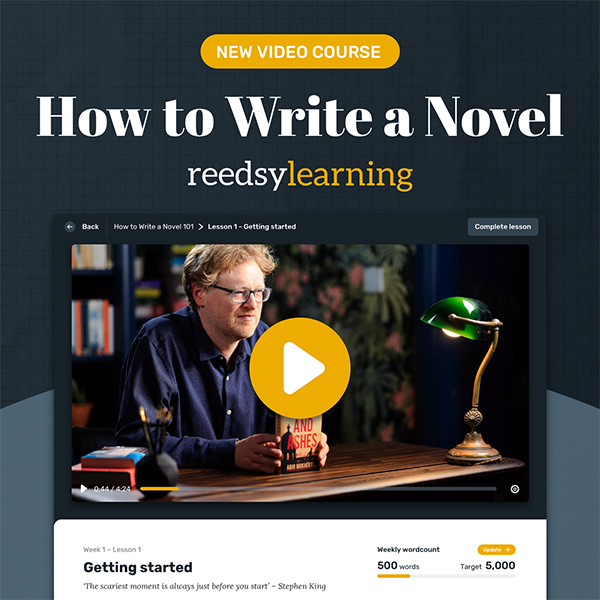I’m always disappointed that most of the books I find about revising picture books are about revising fiction picture books. Yes, that’s an important topic, but it isn’t incredibly helpful to me – an author who writes primarily nonfiction.
Fortunately, I’ve found a top-notch book on revising the nonfiction picture book. And the best part? It isn’t just a book. It is, as the subtitle indicates, a step-by-step revision guide. If you write nonfiction picture books, consider Reimagining Your Nonfiction Picture Book: A Step-by-Step Guide by Kirsten W. Larson.
For those of you who don’t know Larson’s work, she is the author of over 30 nonfiction books for young readers including the picture books Wood, Wire, Wings: Emma Lilian Todd Invents an Airplane, illustrated by Tracy Subisak (Calkins Creek, 2020), A True Wonder: The Comic Book Hero Who Changed Everything, illustrated by Katy Wu (Clarion, 2021), and The Fire of Stars: The Life and Brilliance of the Woman Who Discovered What Stars Are Made Of, illustrated by Katherine Roy (Chronicle, 2023).
Larson knows just how difficult it can be to revise the nonfiction picture book, but she also knows how rewarding it can be to take a piece that isn’t working and transform it into a manuscript that is accepted by a publisher. She’s open with her own experiences throughout the book, discussing various manuscripts that weren’t working until she discovered the structure that pulled it all together.
For her, that’s the key to getting started. Before you can edit spreads or individual sentences, you need to make certain that you have a structure that works. Larson takes you through several chapters detailing various structures. Some are narrative, telling a detailed story, while others are chronological, taking the reader through events in a necessary order. Other structures are nonchronological and include lists, comparison and contrast, and even question and answer.
Larson provides samples of each structure in the book and, also, on Pinterest. She explains how each structure functions to help you find the format that best suits the story you are telling.
That isn’t the end!
Once you find the right structure, you need to find a mentor text. Then Larson shows how to analyze the mentor text and use thumbnails to duplicate this structure in your own manuscript. Only then can you undertake the first revision.
Structure is only the beginning. Larson also takes you through scenes, voice, rhythm, figurative language, tension and pacing, and so much more.
Admittedly, I haven’t seen a lot of big changes in my manuscript. Not yet.
The problem was that I hadn’t understood what structure I was trying to use. So when people critiqued my manuscript and made suggestions about tension and pacing, I made changes that disrupted my structure. For me, step one is acknowledging my original structure and coming to understand it. Then I can either select a new structure or go back to the original.
I’ve chosen to use the original structure, but now I have a better understanding of what it is and how it works. This will help me create a new draft that takes full advantage of the shape and strength of the comparison and contrast structure.
Sounds like a lot of work, doesn’t it? But I’m really looking forward to creating a stronger manuscript that I fully understand. Then I’ll better grasp whether recommended improvements will actually improve it or just change it. This book has definitely been the key to unlocking a strong revision process.
--SueBE
- To find out more about her writing, visit her site and blog, One Writer's Journey.
- Click here to find her newsletter.
Sue Bradford Edwards' is the author of over 60 books for young readers.
She is also the instructor for 3 WOW classes which begin on the first Monday of every month. She teaches:





2 comments:
I'm so delighted you found this helpful! Happy writing and revising.
Kirsten,
Thank you so much for creating such a helpful tool. In general I really enjoy revising and this makes it that much better!
Post a Comment